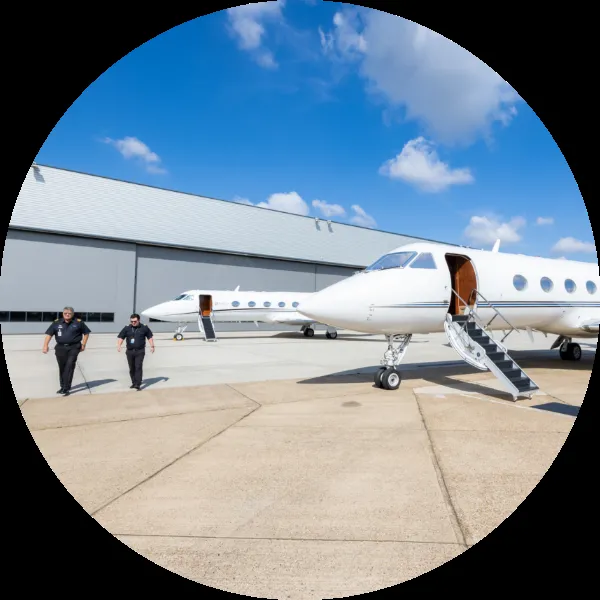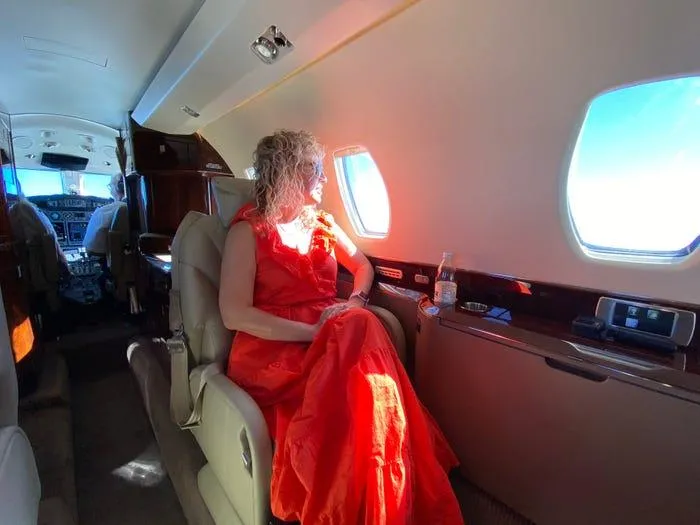So You Want to Own a Private Jet as a Pet Owner?
If you’re an avid pet owner searching for “pet private jet” online, chances are you’ve considered the perks of flying your furry companions in style. However, private jet ownership comes with significant financial responsibilities and logistical challenges. In this article, I’ll explore some of the realities of owning a private jet from the perspective of a pet lover.
Cost Considerations
The upfront and ongoing costs of private jet ownership are generally quite high. Purchasing a pre-owned light jet can easily run over $5 million, while a new midsize aircraft starts around $20 million. From my experience advising wealthy clients, annual operating costs average $250,000 to $500,000 or more depending on aircraft size and usage.
Several hidden expenses also factor in. Hangar rental, maintenance, fuel, landing fees, pilot salaries, insurance and more all drive costs up significantly. I’ve had clients spend over $1 million per year just keeping their jet operational before even factoring in annual depreciation. That’s a far cry from commercial pet travel options!
Regulatory Requirements
Owning a private jet also carries strict regulatory compliance burdens. Pilots need current certifications and recurrent training. As an aviation attorney, I’m familiar with Federal Aviation Administration (FAA) rules requiring intensive record keeping, equipment inspections, pilot physicals and more. Jets must meet airworthiness standards—even small paint nicks can ground a plane until repairs. Non-compliance penalties are severe.

International travel brings further red tape. Each country establishes its own rules for admitting foreign aircraft. Pet import regulations also vary greatly and change often. In one case I handled, a client’s pet was denied entry into Europe due to new paperwork errors—ruining their international vacation plans. It pays to do thorough advance planning!
Logistical Challenges
Factor in the time demands of jet ownership as well. Arranging aircraft refueling, catering, maintenance scheduling and many other day-to-day details require dedicated manpower. Sort of like having a second full-time job, overseeing aircraft operations is a big responsibility even with experienced management support. Spontaneous trips become difficult to pull off reliably.
Pet travel logistics multiply complexity. Boarding, customs, health papers and more obstacles arise each leg of every journey. One spilled water bowl or soiled cage lining can jeopardize an itinerary. I’ve seen planned trips fall apart after a pet medical emergency cropped up before departure. Private flying allows flexibility, but only if meticulous planning follows through reliably each time.
Alternative Luxury Pet Travel Options
Fortunately, pet owners seeking luxury travel need not go as far as full private jet ownership. Several high-end commercial programs cater specifically to pampered pets and their privileged people. For example:
-
Pet airlines like Jetpets offer lavish VIP pet transport in the cargo holds of major carriers. Luxury kennels, webcams, pet sitters and gourmet meals are the norm.

-
Fractional jet programs provide jet access without 100% ownership hassles. Firms like NetJets divide aircraft among numerous shareholder-members, handling everything from bookings to maintenance.
-
Charter services offer a pay-as-you-fly option perfect for occasional luxurious family trips with furkids in tow. Seasoned charter operators skillfully handle all logistics and regulatory issues.
Weighing the Pros and Cons
In summary, while private jet travel undeniably caters perfectly to status-seeking pet owners, the substantial challenges rarely make full ownership worthwhile. Unless you’re flying hundreds of hours per year, the costs rarely pencil out versus alternative programs. International regulations introduce unnecessary risk as well.
For most high-income pet lovers, options like Jetpets, fractional ownership or chartering provide the luxury flying experience without ongoing balance sheet impacts or safety concerns over non-compliance. You still reap bragging rights from arrival onboard your personal cabin crew’s aircraft, with far less headache. So in summary, only the exceptionally wealthy need apply for private jet pet parenthood—but other indulgent options abound!
So in the end, whether owning your own jet or opting for a luxury service, pampering beloved animals need not stop at the front door. With some research and planning, even the most loyal pet lovers can continue doting on their fur-children at 30,000 feet. Safe travels to you and your pets!

Comparing Pet Private Jets
| Model | Cabin Space | Range | Typical Passengers | Approximate Cost |
|---|---|---|---|---|
| Bombardier Challenger 350 | 22 sq ft | 3,200 miles | 6-10 | $26 million |
| Gulfstream G280 | 19 sq ft | 2,800 miles | 6-8 | $24 million |
| Cessna Citation Latitude | 16 sq ft | 2,500 miles | 6-7 | $18 million |
| Embraer Phenom 300 | 15 sq ft | 2,000 miles | 6 | $9 million |
FAQ
-
Can I bring my pet on a private jet?
While some pets can theoretically travel on a private jet, it’s usually not a good idea and raises several concerns. Private aircraft have smaller spaces and higher altitudes that can cause stress and health issues for animals. It’s best if pets take commercial flights in cargo or with their owner in the cabin.
-
What paperwork do I need for my pet on a private plane?
If travelling internationally with a pet, you’ll need a health certificate from a vet, proof of vaccinations, and possibly a microchip. The paperwork shows the animal is fit to fly. Some countries also want proof the jet is stopping directly at your destination with no layovers elsewhere. Basically, having all the right docs shows the pet will be okay health-wise.
-
Can dogs and cats get motion sickness on a private jet?
Unfortunately, yes – pets can experience queasiness just like people on flights. Smaller pets seem more prone to it. The rapid air pressure changes, sounds, and movements may trigger nausea. The vet can prescribe motion sickness meds to help. Nevertheless, not all pets will toss their cookies, so you never really know until you try.
-
How much does it cost to fly a pet on a charter flight?
Pet transportation fees for private jets can vary strongly based on the animal species and size. Nevertheless, you are looking at thousands in some cases. One jet service charges $5 per pound with a 200 pound minimum—so at least $1,000. Then added costs like paperwork, crates, and medical exams. Yikes! Perhaps it’s better to find pet-friendly friends to housesit rather than spending a small fortune.
-
What size crate is needed for pets on private planes?
The minimum crate size under the seat in front of you should be big enough for the pet to stand up and turn around. Perhaps a little bigger if it’s a long flight. Ask the charter company what exact dimensions they require. Some experts advise getting one of those “snuggly” carriers animals feel safe in rather than a huge crate that may stress them out more. It’s all about your pet’s comfort!

-
Can an emotional support animal fly private?
This can get tricky and rules differ, but in the US emotional support pets can fly privately with documentation from a medical expert. However, reports say some planes have denied ferrets or insects as support critters—too weird maybe? Anyway, best to check policies carefully with the charter company. Maybe show vet records or a note from your therapist as proof, just in case issues come up at the airport.
-
Is it safer for pets than commercial flights?
On one hand, a private jet gives pets more room to stretch out than cargo on a commercial flight. But smaller planes have less staff to assist in emergencies. Also, choppy air or unexpected delays could cause greater stress. Perhaps pets do better with commercial carriers who have strict procedures down pat. In the end, either option carries pros and cons. It’s best to check safety records and follow vet advice specific to your pet pal.
